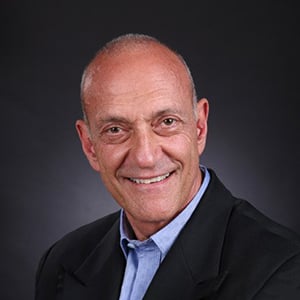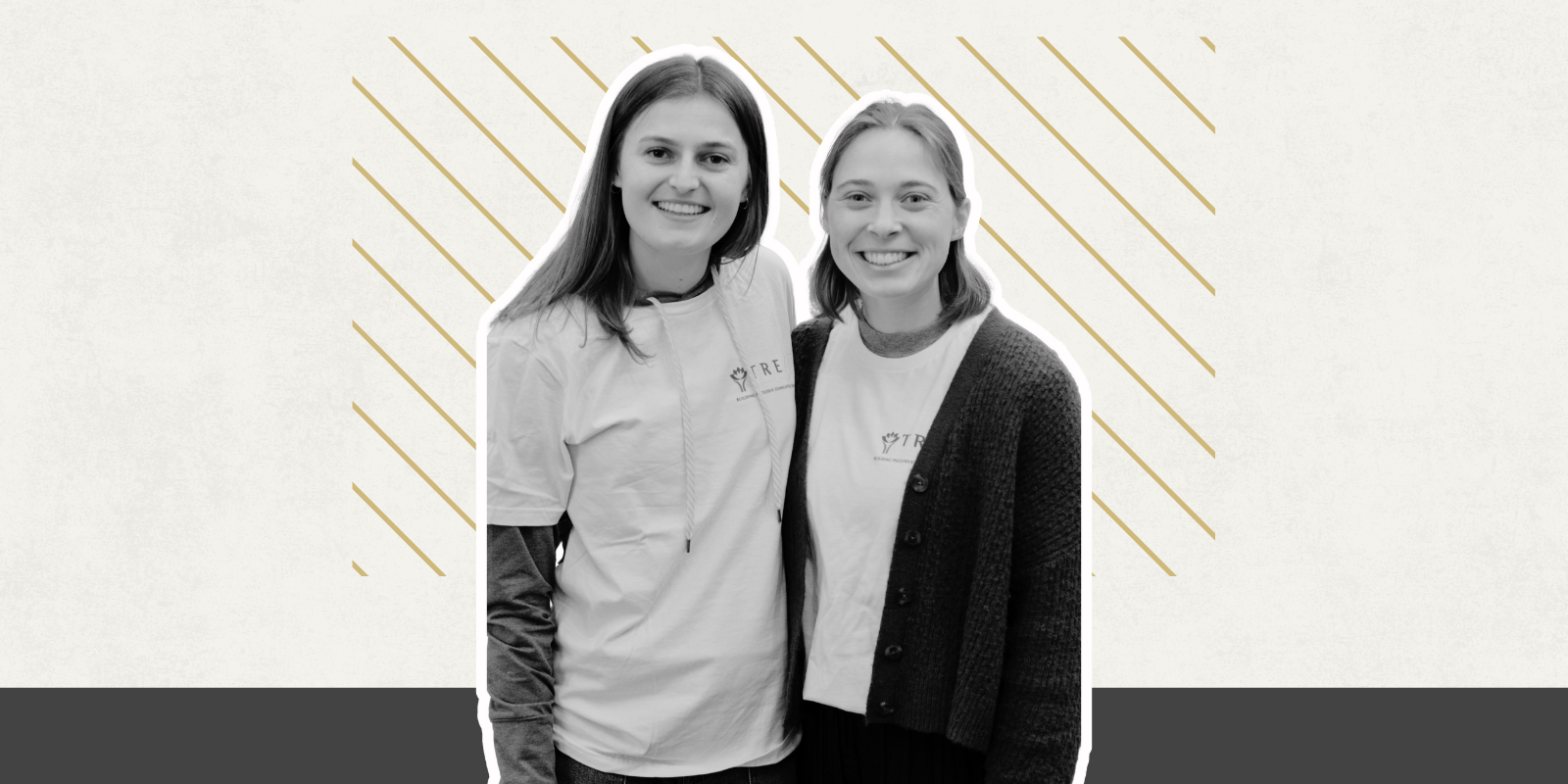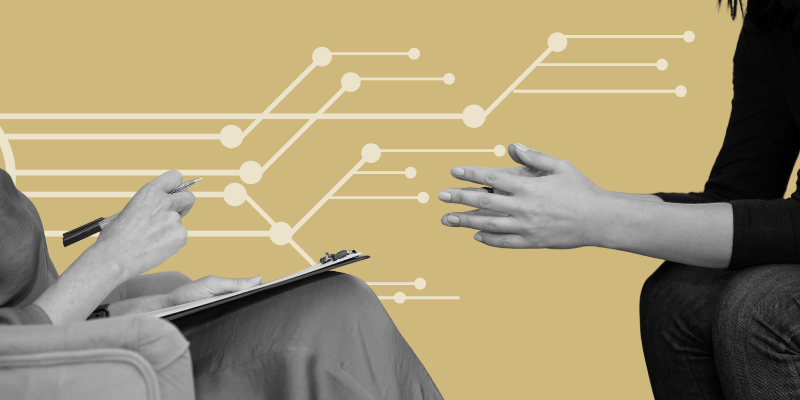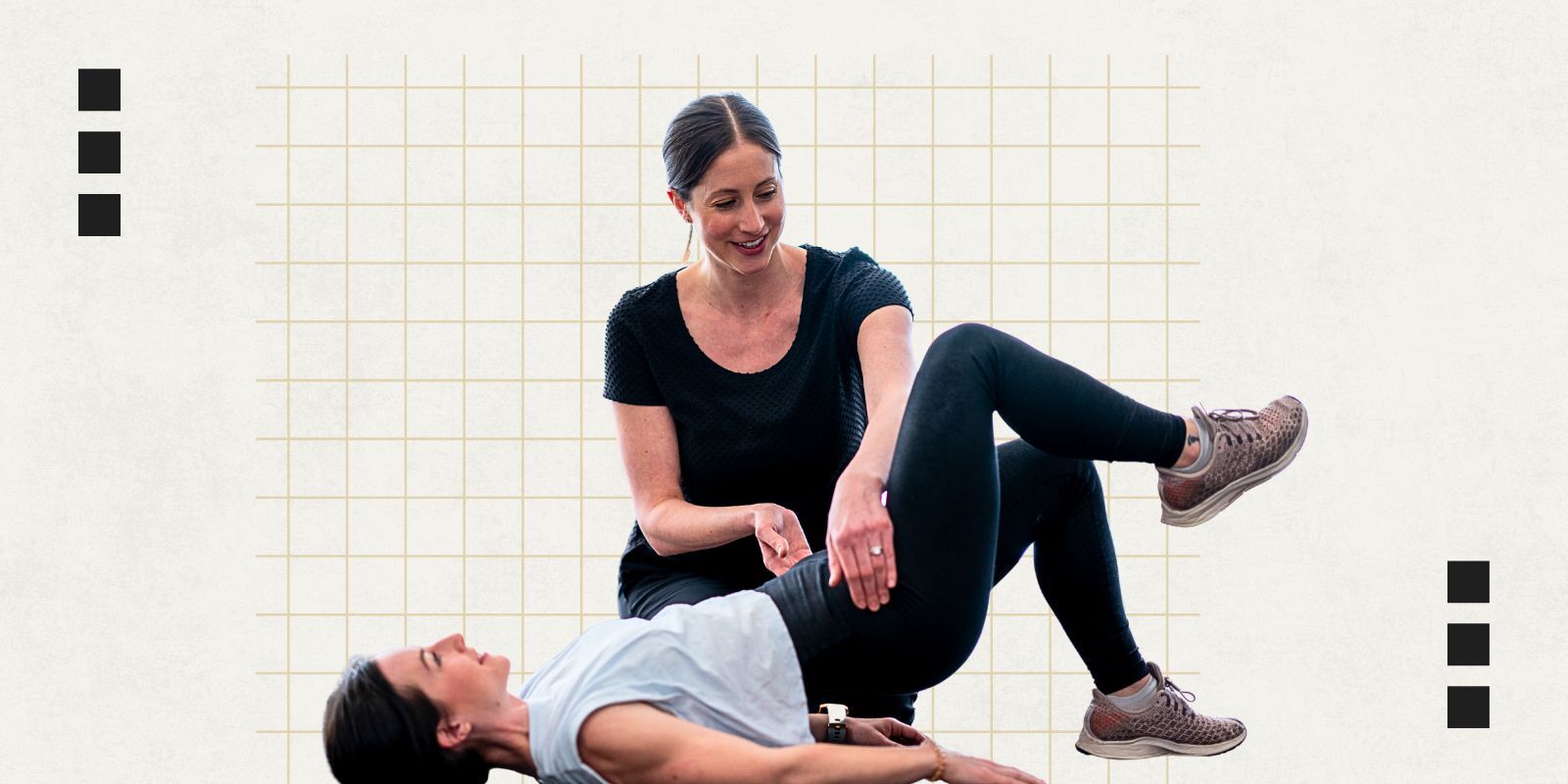Mark Myerson, MD, was ready to get out of his comfort zone.
Myerson had built a successful foot and ankle surgery clinic on the East Coast, and he enjoyed his relationships with his patients, but it had all come to feel a little routine. The times he felt most inspired as a surgeon were when he traveled to other countries as part of humanitarian medical missions, providing treatments to patients with severe foot and ankle deformities who didn’t have the same immediate access to care as the patients Myerson saw in the U.S.
“I'd been doing humanitarian service since the early 2000s on a sporadic basis,” says Myerson, now a visiting professor of orthopedics in the University of Colorado School of Medicine, “and in 2013, I realized it was something I really wanted to do more of. I had accomplished a lot academically and professionally by this time, and I felt that I wanted a change in in my career path. It all came to me when I was in working in South Africa, and an idea was presented to me by the head of another nonprofit organization. It was a catalytic event for me, recognizing that ‘OK, this is what I'm going to do.’”
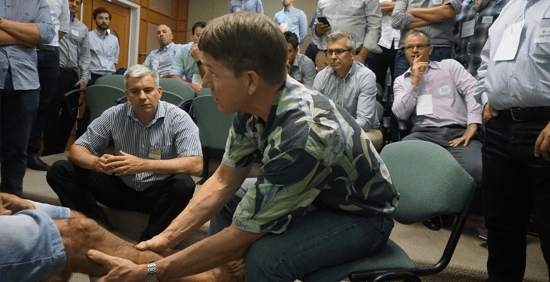
A Steps2Walk volunteer works with a patient while other surgeons look on.
Care around the world
That moment was the birth of the nonprofit Steps2Walk, which Myerson founded in 2016 and now serves as president. Staffed by volunteer doctors from around the world, the organization makes routine trips to 17 countries, including Brazil, Argentina, Namibia, Kenya, India, and Pakistan, to perform surgical care for disabling foot and ankle deformities while simultaneously educating local orthopedic surgeons in various treatment alternatives.
“Nearly 50% of the deformities we treat are in the pediatric age group,” Myerson says. “These deformities are rarely seen in the Western world today, which poses a wider challenge. We have to select our faculty carefully to be able to address these complex problems surgically but at the same time to be outstanding educators.”
Many of the conditions are congenital, Myerson says, and some are the result of trauma or previous injuries that were not adequately treated at the time. The Steps2Walk teams treat patients with spina bifida, arthritis, high arches, club foot deformities, and other foot and ankle conditions that affect their quality of life and ability to walk.
Successful surgeries often elicit tears of joy from the patients and their family members who travel with them for the procedure. When a condition someone has resigned themselves to living with forever is eliminated in a matter of hours, it’s a powerful and emotional event.
“It is humbling, it is enriching, and it is extraordinarily gratifying,” Myerson says. “When you’re in a situation like that, and you can really change someone's life, you feel blessed as a surgeon. It's an incredible feeling.”
Importance of education
As gratifying as the surgeries are, Myerson says, the more important aspect of the organization’s mission is training medical professionals in these countries to treat foot and ankle deformities so that more patients can receive care. During their one-week programs in each city, visiting surgeons deliver lectures and hands-on educational sessions to local orthopedic surgeons and residents and work with local surgeons to develop surgical plans for the complex cases they treat while on site.
“You can give a person a fish, or you can teach them how to fish, and teaching is pretty much our philosophy,” Myerson says. “That education continues virtually throughout the course of the year, until we return to that same country again. Unless you have continuity of the education, it's not a sustainable mission.
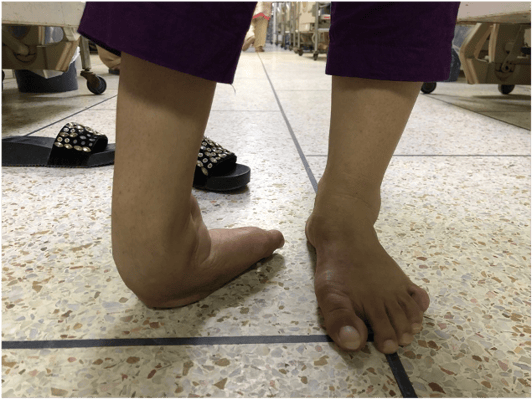
A patient walks prior to surgery.
“You've also got to realize that many of these patients live 50 to 100 miles from a from a city where treatment can be provided, so access is very difficult for them,” he adds. “Some of these families have to make a difficult decision: Do they spend the money on bus fare to go to the hospital, or do they buy a loaf of bread? When you don't have surgeon education in that population, or the patients don’t have access to trained surgeons, the whole cycle gets repeated continuously.”
The organization also supports physicians in remote regions of the world using sophisticated virtual glasses that enable a surgeon mentee to connect with a Steps2Walk mentor who “sees” through the eyes of the surgeon on the ground and guides them through the surgery in real time.
Opportunities for CU Anschutz community
Steps2Walk doesn’t just provide enriching service opportunities for surgeons from around the world; it also provides similar opportunities for residents and fellows at the CU School of Medicine who accompany the Steps2Walk surgeons on their travels. Many of them also work with Myerson on research projects taking place on the CU Anschutz Medical Campus.
Myerson has taken a step back from traveling in recent years, spending more time in Denver to oversee the administration of the nonprofit. But he is glad to see the difference that Steps2Walk has made — and continues to make — in the lives of thousands of patients around the world who otherwise may not have received surgery for their conditions.
“Because I had been doing humanitarian work for many years already, I had a very good idea of the vast need globally for this,” he says. “My vision for the future is a world where these deformities are treatable, and patients have access to treatment. My hope is that we can change the entire landscape for children and adults with foot and ankle deformities.”
The nonprofit itself may is seven years old, but for Myerson, the philosophy behind Steps2Walk extends to the early days of his medical career, when he first came to the U.S. from his hometown of Cape Town, South Africa.
“From the very day that I arrived, I felt the need to give back,” he says. “I was provided with tremendous opportunities here in this country, and very early on, I wanted to give back. As an orthopedic surgeon in in this country, many of us are committed to medicine, to good patient care, and to helping others. That's what we do.”

